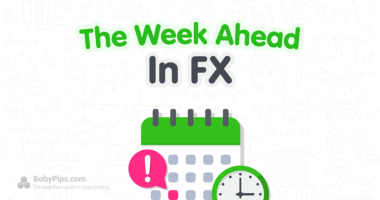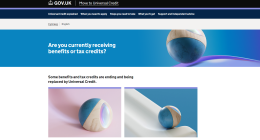The euro and Swiss franc closed net positive this week, likely on the better-than-expected economic and sentiment data from Europe, overcoming extended lockdown news and a shaky vaccine rollout. We also got surprise positive commentary from ECB President Largarde after the latest monetary policy statement from the European Central Bank.
The Euro


European Headlines and Economic data
Monday:
EU to extend deadline until APRIL as MEPs unable to sign off trade deal
Tuesday:
German investor morale rises on upbeat export expectations – ZEW – “The survey of investors’ economic sentiment increased to 61.8 from 55.0 points the previous month, ZEW said. A Reuters poll had pointed to a rise to 60.0.”
In the 12 months to November 2020, the current account recorded a surplus of €231 billion (2.0% of euro area GDP), compared with a surplus of €278 billion (2.3% of euro area GDP) in the 12 months to November 2019. This decline was driven by reductions in the surpluses for services (down from €65 billion to €26 billion) and for primary income (down from €53 billion to €24 billion). These developments were partly offset by a larger surplus for goods (up from €320 billion to €335 billion) and a smaller deficit for secondary income (down from €159 billion to €155 billion).
German Inflation rate in 2020: +0.5% on the previous year
-0.3% on the same month a year earlier (provisional result confirmed)
+0.5% on the previous month (provisional result confirmed)
Italy’s Conte survives close Senate vote, vows to forge ahead
Germany extends lockdown to Feb. 14 on fears of COVID variants, sources say
Wednesday:
2 dead, several injured in Madrid as explosion rocks Spanish capital
ECB Is Capping Bond Yields But Don’t Call It Yield Curve Control – the euro fell on the session, possibly on this speculation that the “ECB is buying bonds to limit the differences between yields for the strongest and weakest economies in the euro zone”
Italy PM to get backing for deficit hike after surviving coalition ambush – “Italian Prime Minister Giuseppe Conte is set to get broad parliamentary backing for 32 billion euros of extra spending for the COVID-hit economy, lawmakers said, after he narrowly survived this week’s attempt by a junior coalition partner to unseat him.”
Thursday:
Lagarde says pandemic still ‘poses serious risks’ and the ECB stands ready to act – “European countries started inoculating their citizens in late December, but the rollout has proven to be challenging. The speed of vaccinations across the region has been patchy, and some nations have complained that there are not enough doses.”
ECB leaves policy unchanged, but makes a ‘slight hawkish’ tweak to statement
“If favorable financing conditions can be maintained with asset purchase flows that do not exhaust the envelope over the net purchase horizon of the PEPP, the envelope need not be used in full,” the ECB said, referring to its 1.85 trillion euro pandemic emergency purchasing program, which it said is set to run through “at least the end of March 2022” after being expanded last month.”
Friday:
Eurozone economy suffers steepening decline at start of 2021 –
“The headline flash IHS Markit Eurozone Composite
PMI fell from 49.1 in December to 47.5 in January,
indicating a third successive monthly decline in
business activity and the steepest deterioration
since November.
Eurozone business activity fell at an accelerated
rate in January as companies continued to struggle
amid the ongoing pandemic and related restrictions.
The rate of factory output growth weakened to the
slowest since the recovery began and the service
sector saw output fall at the second-fastest rate
since May.”
Germany PMI slips to seven-month low in January
Flash Germany Manufacturing PMI at 57.0
(Dec: 58.3). 4-month low.
Flash Germany Services PMI Activity Index at
46.8 (Dec: 47.0). 2-month low.
The Swiss Franc


Swiss Headlines and Economic data
With no major catalysts from Switzerland and a cooled down risk environment, the Swiss franc basically tracked euro price action this week.
Tuesday:
The Swiss Producer and Import Price Index rose in December 2020 by 0.5% m/m – “Compared with December 2019, the price level of the whole range of domestic and imported products fell by 2.3%. The average annual inflation in 2020 reached –3.0%. These are the results of the Federal Statistical Office (FSO).”








